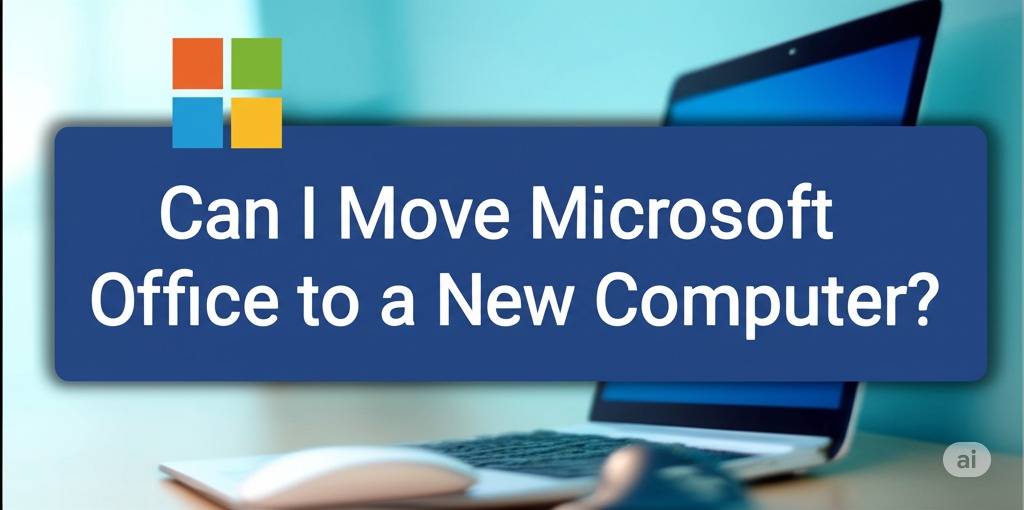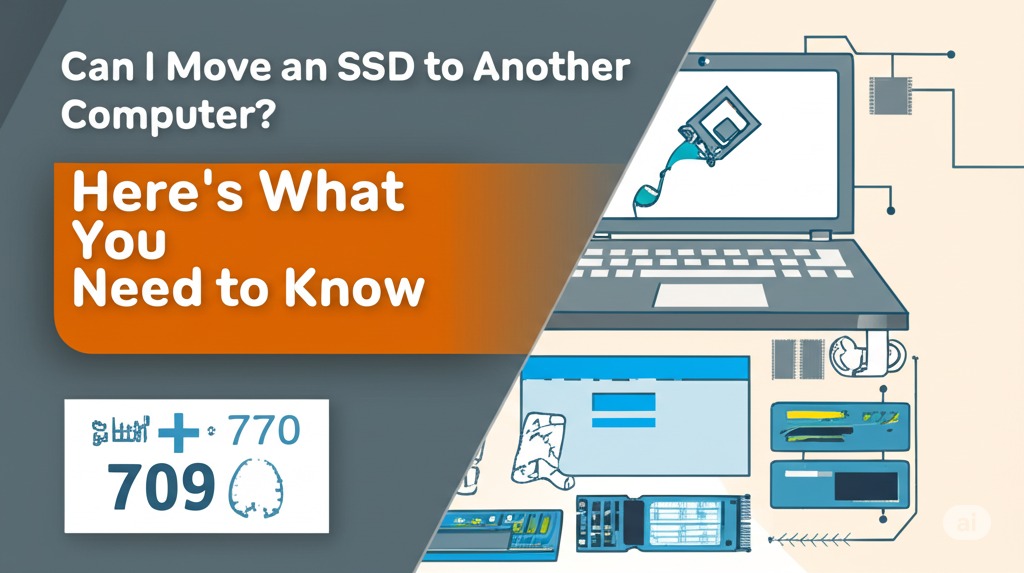Introduction
In today’s fast-paced digital world, technology is constantly evolving, and microcomputers have gained significant attention. Whether for personal use, business applications, or educational purposes, these compact devices are proving to be a viable alternative to traditional desktops and laptops. But are microcomputers any good? In this article, we’ll explore the key advantages and potential drawbacks of microcomputers to help you decide whether they are the right fit for your needs.
What Are Microcomputers?
A microcomputer is a small-scale computer that typically includes a microprocessor, memory, and input/output interfaces. Unlike large-scale computing systems, microcomputers are designed for individual use and often come in compact, energy-efficient designs. Examples include Raspberry Pi, Arduino, and Intel NUC systems.
Advantages of Microcomputers
1. Affordability
One of the biggest advantages of microcomputers is their cost-effectiveness. Traditional desktops and laptops can be expensive, but microcomputers offer a budget-friendly alternative. Devices like the Raspberry Pi start at just a few dollars, making them an excellent choice for hobbyists and students.
2. Compact Size and Portability
Unlike bulky desktops, microcomputers are small and lightweight, making them easy to transport. Their compact size allows them to fit into tight spaces, making them ideal for kiosks, embedded systems, and IoT applications.
3. Low Power Consumption
Microcomputers are designed to be energy-efficient, consuming significantly less power than traditional computers. This makes them ideal for always-on applications, remote monitoring systems, and environmentally-conscious users who want to reduce their carbon footprint.
4. Customization and Versatility
With a variety of operating systems and software support, microcomputers are highly customizable. Users can install Linux distributions, Windows IoT, or even custom firmware to tailor the system to their needs. From robotics to media centers, the possibilities are nearly endless.
5. Ideal for Learning and Experimentation
For students and tech enthusiasts, microcomputers provide a great way to learn programming, hardware development, and networking. Many educational institutions use Raspberry Pi and Arduino platforms to teach coding and electronics.
Disadvantages of Microcomputers
1. Limited Processing Power
While microcomputers are great for basic tasks, they lack the processing power needed for resource-intensive applications like video editing, 3D rendering, or gaming. If you require a high-performance system, a traditional desktop or laptop might be a better choice.
2. Limited Storage Capacity
Most microcomputers rely on microSD cards or small SSDs for storage, which can be limiting for users who need ample space for files and applications. External storage solutions can help, but they add extra cost and complexity.
3. Not Ideal for Heavy Multitasking
Due to limited RAM and processing capabilities, microcomputers are not suitable for running multiple demanding applications simultaneously. If multitasking is crucial to your workflow, you may find microcomputers somewhat restrictive.
4. Peripheral Compatibility Issues
Some microcomputers may lack standard ports or require adapters to connect peripherals like keyboards, mice, and external monitors. Compatibility issues can arise, requiring additional accessories and setup time.
Use Cases: When Are Microcomputers a Good Choice?
1. DIY Projects and Home Automation
Microcomputers are excellent for DIY tech projects, such as smart home automation, security camera setups, and IoT applications. Their low power consumption and flexibility make them an attractive choice for hobbyists.
2. Media Streaming and Entertainment
With the right software, microcomputers can be transformed into media centers for streaming content, playing music, and managing home theater systems. Kodi, Plex, and VLC are commonly used to enhance the entertainment experience.
3. Educational and Learning Tools
Many schools and universities use microcomputers to teach programming, computer science, and engineering concepts. Their affordability and ease of use make them a valuable resource for students.
4. Industrial and Embedded Applications
Industries use microcomputers in automated systems, digital signage, and embedded applications. Their compact size and reliability make them suitable for specialized tasks.
Conclusion: Are Microcomputers Worth It?
The answer depends on your needs. If you’re looking for an affordable, compact, and energy-efficient device for basic computing tasks, DIY projects, or learning, microcomputers are a fantastic option. However, if you need high performance, extensive storage, and multitasking capabilities, you may want to stick with traditional computers.
Are you ready to explore the world of microcomputers? Start by checking out options like Raspberry Pi or Arduino and discover the endless possibilities they offer!

Caleb Carlson is a contributing writer at Computer Site Engineering, specializing in computer technology, software trends, and hardware innovations. His articles simplify complex tech topics, making them accessible to readers of all levels.





